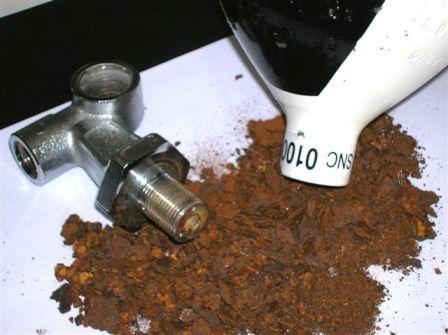CamG
Contributor
Alfie glad you and your daughter are ok.
Your incident makes a strong case for owning your own regulators and keeping them in service.
I would also suggest possibly getting involved with a local dive club and keep your skills fresh practice them often.
It is a great family activity and I could not think of a better way to share a weekend.
As with any incident it can give us pause and that is a good thing to evaluate the details and work to correct them.
Practice air sharing drills frequently especially at the safety stop it is easy and makes the stops go by very quick.
Again I am very glad you both are ok.
CamG
Your incident makes a strong case for owning your own regulators and keeping them in service.
I would also suggest possibly getting involved with a local dive club and keep your skills fresh practice them often.
It is a great family activity and I could not think of a better way to share a weekend.
As with any incident it can give us pause and that is a good thing to evaluate the details and work to correct them.
Practice air sharing drills frequently especially at the safety stop it is easy and makes the stops go by very quick.
Again I am very glad you both are ok.
CamG





